BLOG
Review: Acupuncture therapy appears to be effective in decreasing preoperative anxiety
Tong, Q. Y., Liu, R., Zhang, K., Gao, Y., Cui, G. W., & Shen, W. D. (2021). Can acupuncture therapy reduce preoperative anxiety? A systematic review and meta-analysis. Journal of integrative medicine, 19(1), 20–28.
https://doi.org/10.1016/j.joim.2020.10.007
QUESTION
Is acupuncture therapy effective for preoperative anxiety?
DATA SOURCES
Studies were identified by searching the China National Knowledge Infrastructure Database, Wanfang Data Journal Database, Chinese Biomedical Literature Database, Chongqing VIP, Embase, PubMed, and Cochrane Library Databases (up to February 19, 2020); manual searches of conference abstracts and other reference lists.
STUDY SELECTION
Studies were selected if they were randomized controlled trials (RCTs) that compared an acupuncture group with a sham group. 12 RCTs met the selection criteria, containing a total of 916 patients (Fig 1).
DATA EXTRACTION
Data were extracted and evaluated independently by two researchers. Risk of bias was assessed according to Cochrane handbook 5.1.0 and the Standards for Reporting Interventions in Clinical Trials of Acupuncture (STRICTA). Quality of evidence was evaluated with the Grades of Recommendation, Assessment, Development and Evaluation (GRADE) system. Statistical analysis was performed using The RevMan 5.3 software.
MAIN RESULTS
Meta-analysis showed that the acupuncture group had reduced State-Trait Anxiety Inventory Scale (STAI-S) score and Visual Analogue Scale (VAS) score. There was no difference in the Hamilton Anxiety Scale (HAMA) score between the two groups.
CONCLUSION
Acupuncture therapy appears to be effective in decreasing preoperative anxiety.
COMMENTARY
Authors identified 12 RCTs that address the question. Sample size ranged from 21 to 62. Interventions in the treatment group were acupuncture, percutaneous electrical stimulation of acupoints, auricular acupressure, auricular acupuncture, and percutaneous electrical stimulation of auricular points. The interventions in the control group were sham acupressure, sham acupoints, sham auricular points, and preoperative routine nursing.
Unfortunately, a number of unclear risks of bias were present in the studies and the overall quality was relatively weak according to STRICTA criteria, for instance only 33% of studies reporting the treatment regimen. These are likely failings of the primary reports rather than the review process. According to the GRADE system, the STAI-S assessment was classified as moderate quality, the VAS assessment as low quality, and the HAMA assessment as very low quality (Table 4).
The result of the 5 studies showed the association between acupuncture therapy and the STAI-S score (Fig 3). Although substantial heterogeneity was present, combining similar interventions showed the reduction in heterogeneity with the same result. The result of the 4 studies showed the association between acupuncture therapy and the VAS score (Fig 4). Substantial heterogeneity was present and the sensitivity analysis indicated that the result was unstable. The result of the 2 studies showed that acupuncture therapy was not statistically different from sham therapy in terms of the HAMA score (Fig 5).
Authors conclude that “acupuncture therapy, compared to control groups or sham therapy, can decrease the STAI-S and VAS scores of preoperative anxiety in patients,” but “the reliability of these results needs to be further explored with a higher number of participants and greater quality of research.”







